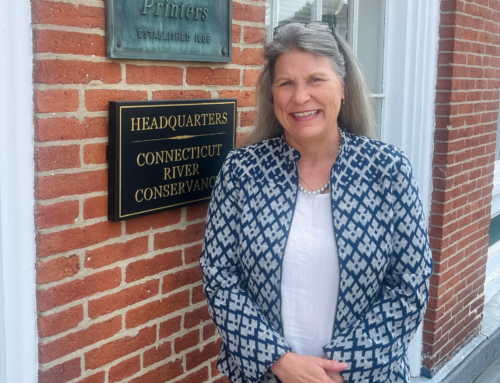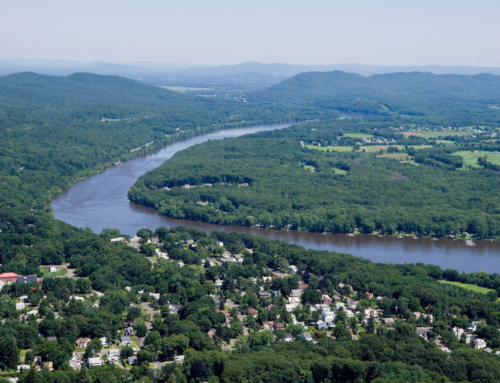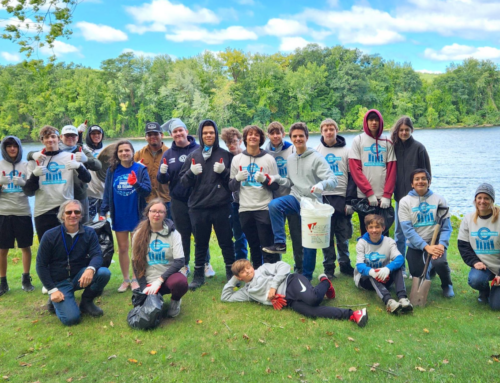FOR IMMEDIATE RELEASE
Greenfield, MA: July 3, 2014 — The Vermont Agency of Natural Resources issued the long awaited and intensely debated draft thermal discharge permit for the Entergy Vermont Yankee plant in Vernon, VT. The draft permit upholds the Connecticut River Watershed Council’s (CRC) contention that bad science underwrote the thermal discharge limits in the previous permits.
The fact sheet accompanying the draft permit states clearly that the science used to monitor permit thermal limits was flawed. The fact sheet states, “The Agency has concluded that Equation 1.1 is not an adequate method of determining the increase in river temperature above ambient.” Equation 1.1 is a modeling tool that only predicts but does not measure the actual water temperature. Equation 1.1 discounts any other source of temperature increase like the effects of sunlight.
“As we have said all along, the Clean Water Act does not allow for a solar discount. The Act requires that thermal discharges be measured to their full extent. Fish don’t do math but they know when they are in hot water, said David Deen river steward for CRC
The draft does allow Entergy to use the modeling tool known as Equation 1.1 through the closure of the plant while also imposing actual temperature caps as concurrent compliance triggers. Compliance with the temperature caps assures that the Facility’s thermal discharge will maintain the water body’s balanced, indigenous population of shellfish, fish and wildlife.
CRC Executive Director Andy Fisk said, “We are right on the science but reluctantly understand the necessity to allow Entergy to operate using that flawed Equation 1.1 through their closure in Dec 2014 because there is an additional requirement that the river not get hotter than the permit allows.”
The real strength of the permit lies in the temperature limits and that the maximum temperatures have a strong biological basis and are protective of migratory fish. And they are enforced by actual measurements in the river. Under the prior flawed permit, the use of the equation to determine compliance allowed the river to be hotter than the permit limits allowed, at times by as much as 5 to 7 degrees for extended periods of time during critical time periods for migratory fish.
The existence of an Environmental Advisory Committee, a group of fishery experts from state and federal agencies, is a condition of the existing permit and requires ENVY to meet with the EAC as often
as necessary, but at least annually, to review and evaluate the aquatic environmental monitoring and studies program. CRC is concerned that ANR deleted the EAC as a condition of the NPDES permit.
“We just don’t know what environmental issues will develop in the future relative to discharges to the CT River during decommissioning or keeping the spent fuel pool cool. ANR should have the capacity to have biologists from all of the affected states, including MA and NH advise them in future situations.” said Deen.
“We also feel that Entergy has a responsibility to conduct ongoing monitoring and the EAC could help them conduct proper long term environmental studies,” Deen continued.
Overall CRC feels that the conditions, temperature limits, real measurement of temperature increase in the river are positive improvements and will improve protections for the river.
Both Fisk and Deen offered congratulations to ANR and the Environmental Advisory Committee for their ongoing work on this permit and improving protections for the Connecticut River.
####
CONTACT:
David Deen – River Steward 802-869-2792 ddeen@ctriver.org
Andrew Fisk – Executive Director 413 210- 9207 afisk@ctriver.org







